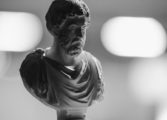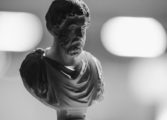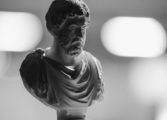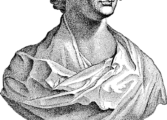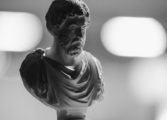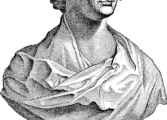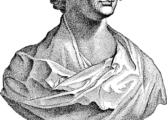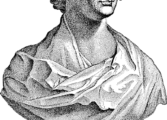Edgar Allan Poes The Raven: A Dark Masterpiece

Introduction:
“The Raven” by Edgar Allan Poe is a timeless and hauntingly beautiful poem that has captivated readers for generations. This article provides a comprehensive exploration of the poem, its significance, and its evolution throughout history. Whether you are a dedicated fan of Poe or simply interested in delving into the mysterious world of Gothic literature, this article will provide valuable insights.
Understanding “The Raven”:
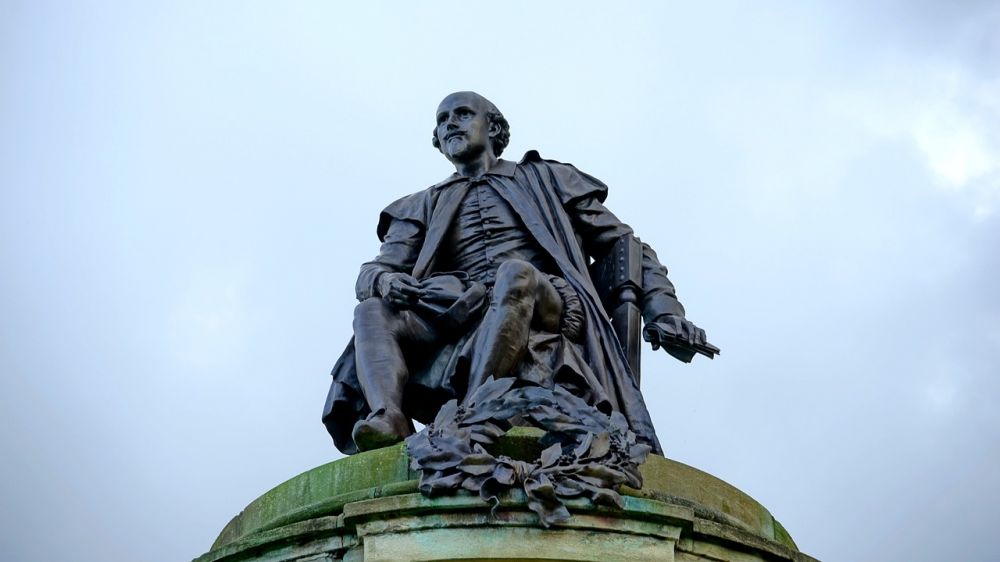
At its core, “The Raven” is a narrative poem that tells the story of a man grappling with grief and sorrow. The protagonist, a desolate scholar, is visited by a raven, which becomes a symbol of the man’s descent into madness. The poem explores themes of loss, mourning, and the human psyche’s vulnerability to despair. With its melodic and repetitive verse, “The Raven” captivates readers with its musicality and its dark exploration of the human condition.
Historical Evolution of “The Raven”:
Since its publication in 1845, “The Raven” has had a profound impact on literature and popular culture. Initially met with mixed reviews, the poem gradually gained recognition and solidified Edgar Allan Poe’s position as a master of the macabre. Over time, “The Raven” has been extensively analyzed and interpreted, contributing to its enduring popularity.
The poem’s popularity reached new heights in the late 19th and early 20th centuries, as it became a staple in both academic and popular culture. It has inspired numerous adaptations, including theatrical performances, musical compositions, and even cinematic interpretations. Each interpretation brings a unique perspective to the poem, further cementing its status as a literary masterpiece.
The Influence of “The Raven”:
“The Raven” remains a cornerstone of Gothic literature and has provided inspiration for countless artists and writers. Its intricate motifs and themes have permeated various forms of artistic expression, making it an integral part of the broader cultural landscape.
One key aspect of “The Raven” is its exploration of the human psyche, particularly the themes of madness, obsession, and fleeting sanity. This examination of the darker aspects of the human condition has influenced subsequent generations of writers and artists, who continue to draw inspiration from Poe’s work.
Additionally, “The Raven” has become a symbol of Poe’s own writing style and his contribution to American literature. The poem showcases his mastery of language, rhythm, and atmosphere, laying the groundwork for the development of psychological suspense and horror genres.
Conclusion:
In conclusion, “The Raven” by Edgar Allan Poe is a masterpiece that continues to captivate readers and inspire artists across diverse mediums. Its exploration of grief and madness, combined with its melodic verse, make it a timeless work of literature. As readers, we are invited to delve into the depths of our own emotions and confront the darker aspects of our existence.
As
demonstrates, “The Raven” remains relevant and compelling, drawing new audiences into Poe’s dark and enchanting world. By understanding the historical context and significance of the poem, we gain a deeper appreciation for Edgar Allan Poe’s contributions to Gothic literature and his lasting impact on the artistic landscape. Whether you are a dedicated fan or a newcomer to Poe’s works, “The Raven” is an essential piece that should not be overlooked.









